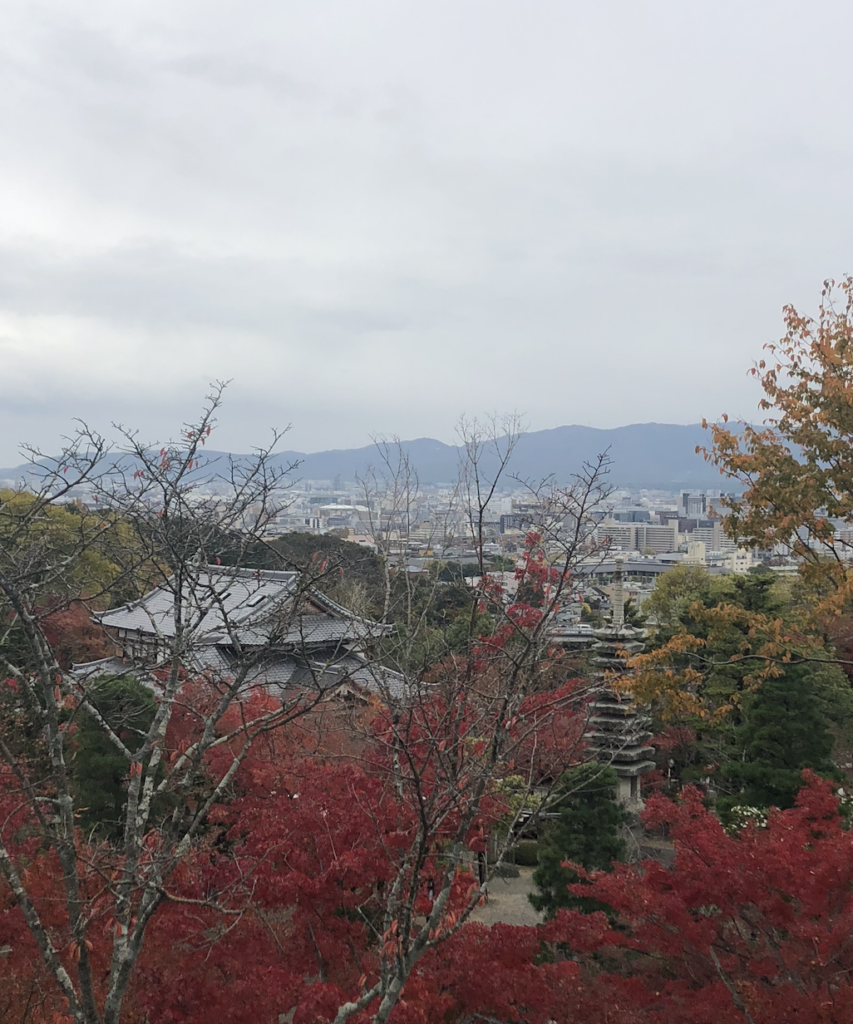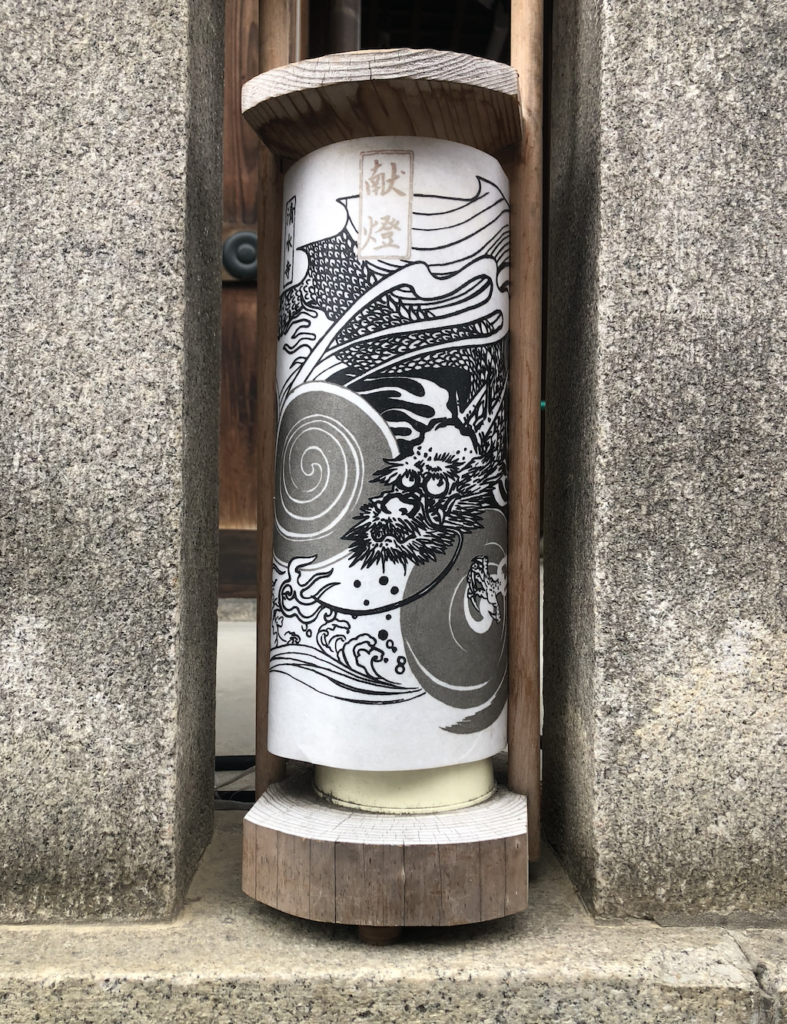Hey! I'm Megan.
Since 2009, I’ve been working in the interior design industry. I’ve interned for a hospitality design company, worked in various furniture and fabric showrooms, and been an interior designer for a design-build firm. I decided to hang out my shingle and launch m studio interior design in 2015. And now I get to do what I love best: Design homes that are totally customized to the clients I work with!
design talk
lifestyle
m studio Projects
travel
As an interior designer, I’ve always sought inspiration from places that embrace harmony and timeless beauty. A past trip to Kyoto, Japan, provided an abundance of both!! Known for its serene temples, lush gardens, and centuries-old architectural techniques, Kyoto is a city where tradition is intricately woven into every detail. Visiting in autumn allowed me to experience the city during its most magical season, with vibrant reds, golds, and oranges accentuating the landscape. This visit not only fed my design soul but also reinforced the importance of creating spaces that elevate warmth and comfort—especially as the seasons change.



The Allure of Kyoto’s Traditional Architecture
Walking through Kyoto, I was captivated by how the exterior architecture reflects a deep connection to nature through its striking use of red and stone. The vibrant red of temple gates and bridges, paired with the solid, grounding presence of stone walls and pathways, creates a harmonious contrast that both energizes and stabilizes the space. These bold, natural materials evoke a sense of strength and serenity, reminding us of the balance between the built environment and the natural world.
What stood out most was how these architectural elements frame the landscape, inviting nature to play a central role in the design. The red structures stand in sharp relief against the earthy tones of stone, while carefully crafted stone gardens provide a serene backdrop to the vivid architecture. This deliberate use of color and texture creates a sense of calm and reflection, echoing the changing seasons. As designers, Kyoto’s approach to exterior elements offers a powerful lesson in balance—blending boldness with tranquility, much like we aim to do when designing homes that foster wellness, particularly as the season shifts to fall.



Nature as Inspiration for Interiors
Kyoto’s gardens—perfectly manicured yet seemingly effortless—echo this balance as well. Strolling through the tranquil paths of some rather GLORIOUS temples, I observed how the gardens use layers of texture, from mossy stones to smooth, flowing streams, to craft an atmosphere of calm. This layering is something I aim to translate into interior spaces by playing with texture—combining smooth, polished surfaces with soft, tactile materials like wool, linen, or wood.
The seasonal changes in Kyoto also inspired me to rethink color palettes. The earthy reds, oranges, and browns of autumn foliage blended seamlessly with the natural materials of the buildings, making the architecture feel like an extension of the landscape. In my design work, these warm tones can be incorporated through accents like pillows, throws, and rugs, adding depth and warmth to neutral or minimalistic spaces.



Creating Warmth Through Minimalism
One of the most striking aspects of traditional Japanese design is its minimalism. But minimalism in Kyoto isn’t about cold, empty spaces—it’s about intentional simplicity. Whether it’s the tatami mats that ground a room or the deliberate lack of clutter, each element serves a purpose, bringing a sense of tranquility and focus. I noticed how rooms often had one central piece, like a vase of autumn flowers or a single piece of art, allowing the space to breathe while still feeling complete.
For me, this approach is the epitome of creating warmth through design. It’s not about how many objects we can add but about how thoughtfully we curate what we choose to include. As autumn arrives, our instinct is to cozy up with layers and textures, but we can do this without overcrowding the space. Instead, incorporating Japanese principles—like using natural materials, prioritizing function, and celebrating negative space—can create a balanced, warm environment that feels both welcoming and serene.



Bringing Kyoto’s Lessons Home
As I reflect on this magical journey and return to my design studio, I carry with me the lessons from Kyoto, especially the ways in which traditional Japanese architecture embraces the seasons. Autumn, with its crisp air and vibrant colors, invites us to transform our interiors into havens of warmth and comfort. By drawing from Kyoto’s focus on light, texture, and simplicity, I aim to create spaces that not only reflect the beauty of the season but also offer a sense of calm and well-being.
The concept of warmth isn’t solely tied to color or materials—it’s about crafting a space that feels inviting on a deeper level. Kyoto reminded me that a thoughtfully designed space has the power to do just that, blending elegance with nature and serenity with comfort. As we transition into autumn, I look forward to bringing these timeless design principles into my projects, ensuring that each home becomes a sanctuary for those who inhabit it.
More inspiring (and fun-filled!) snaps from Japan!









Xoxo,
Megan
Did you enjoy the read, feeling inspired or have questions!? Feel free to leave a comment below!
Leave a Reply Cancel reply
© 2025 m studio interior design | Legal
client portal
contact
blog
design work
Work with us
meet megan
home
Join our Journey on Instagram
Sharing new projects, behind the scenes, progress photos and updates.
@megan_of_mstudio.id
Our Guide to Top Kitchen Trends
free resource
Wondering what this year's top kitchen trends will be? We're breaking it down for you in this FREE exclusive guide!
gimme gimme! >
press
Serving the Southern
California Coastline
Laguna Beach
San Clemente
Carlsbad
Encinitas
San Diego
Belmont Shore
Naples
Seal Beach
Huntington Harbor
Huntington Beach

I love your Japan experience!!!
Japan is awesome
How cool, love the design inspiration you shared in Japan!!